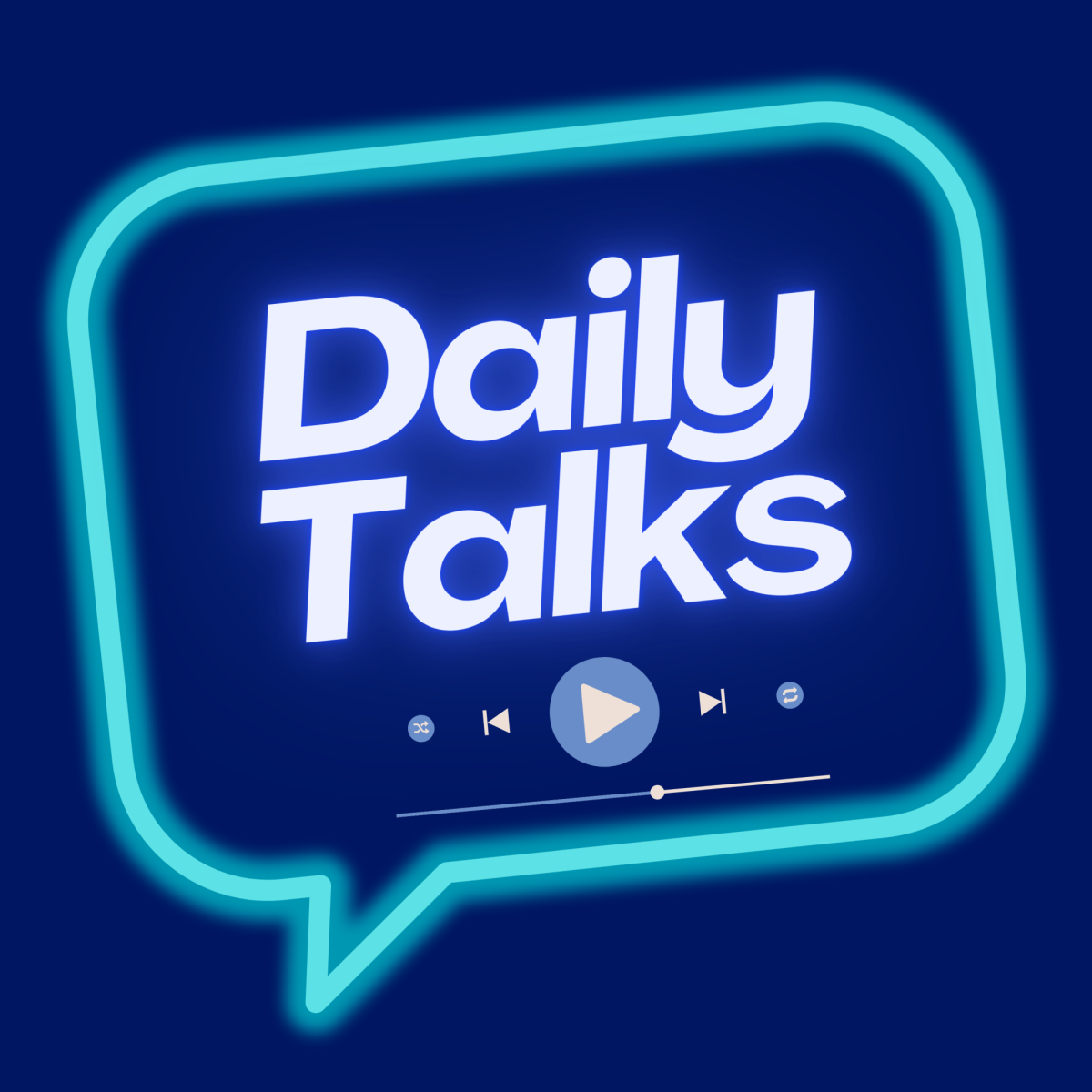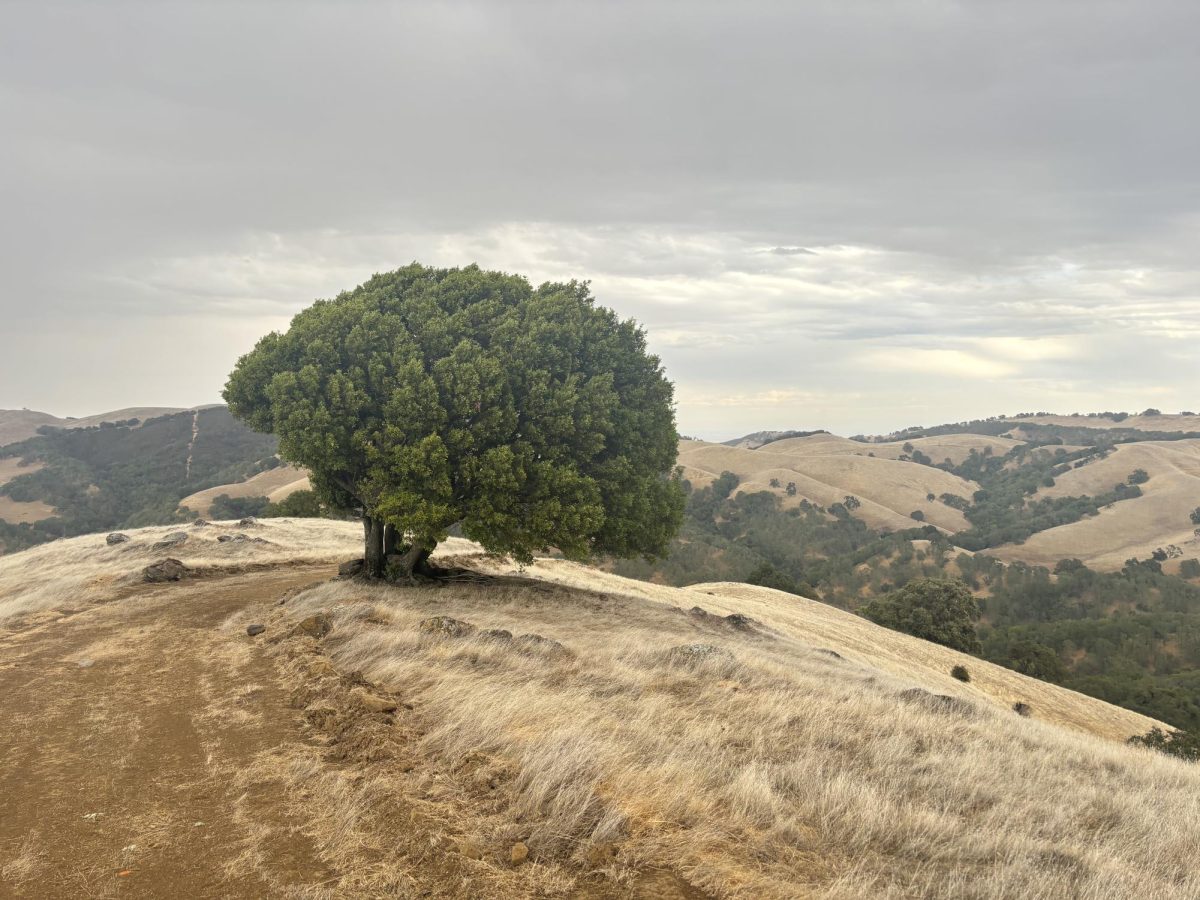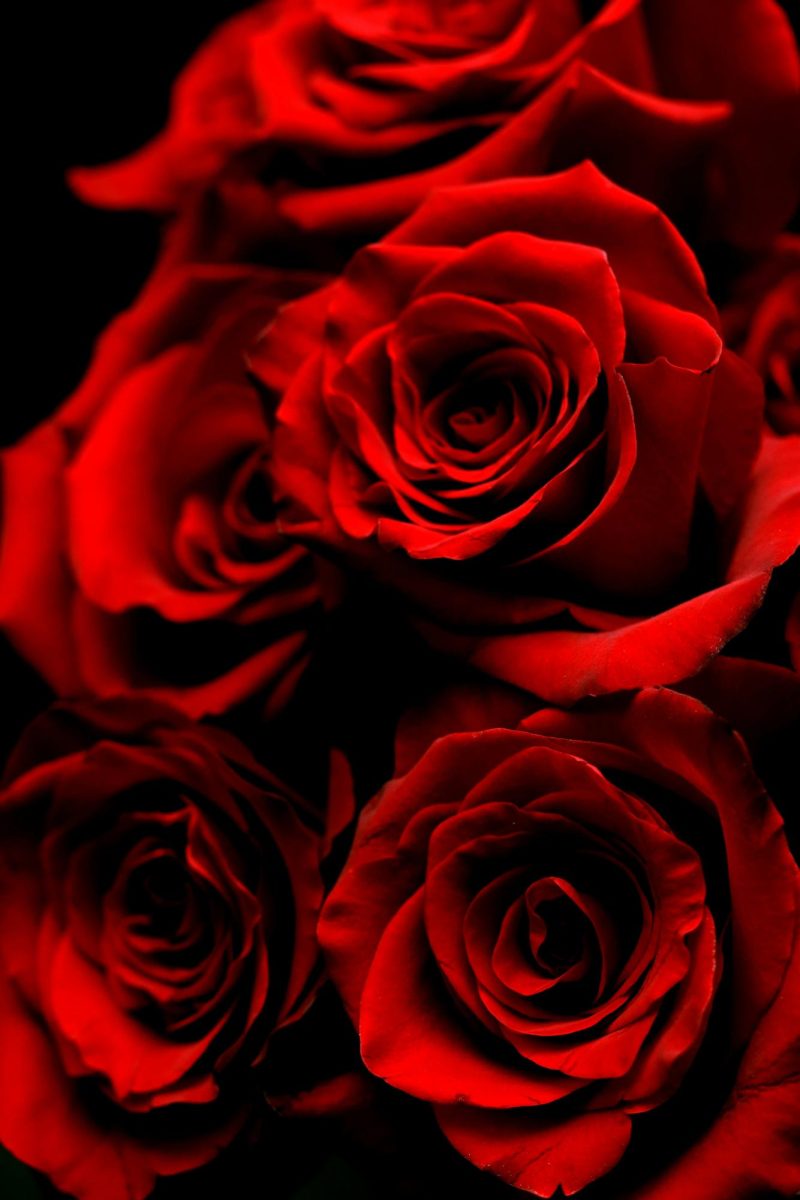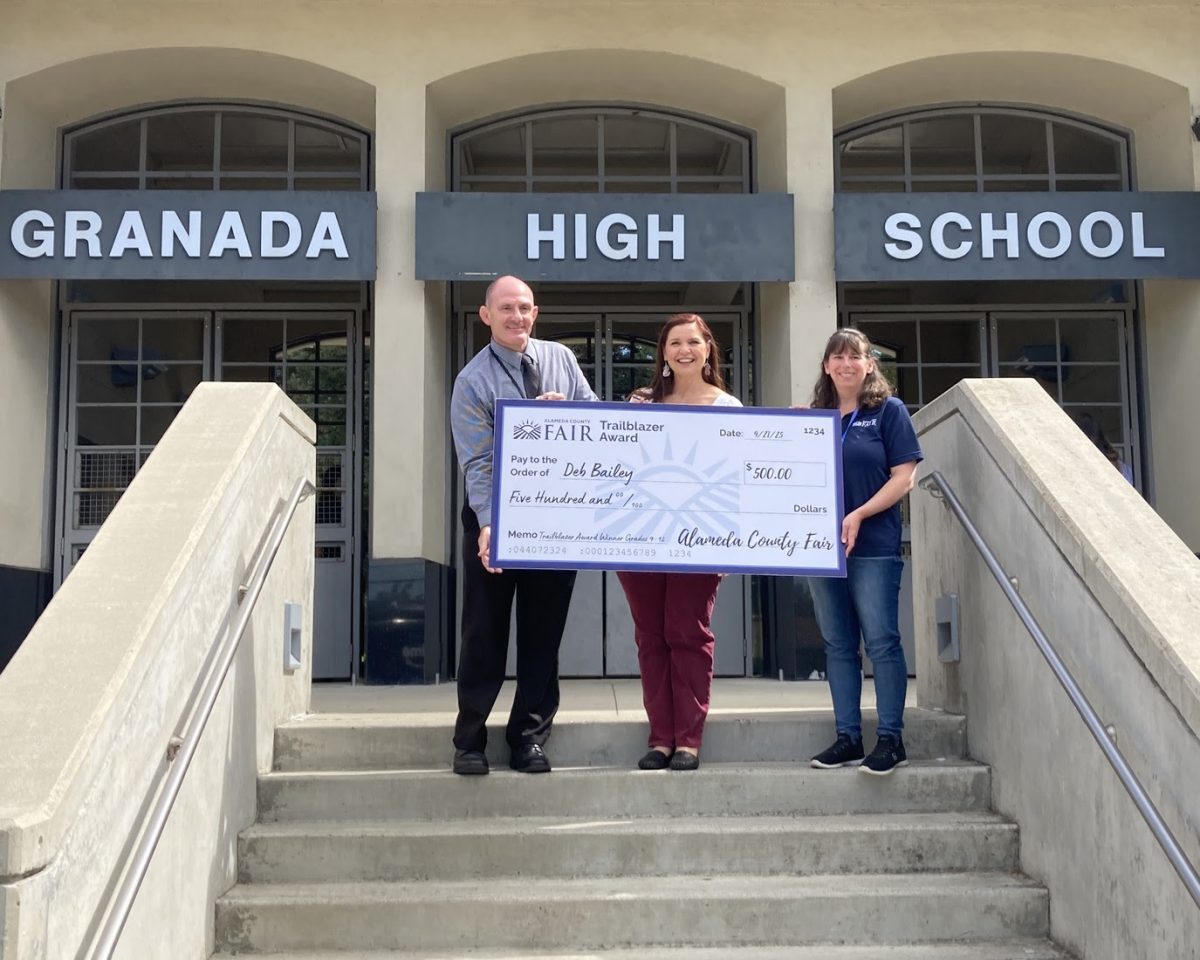New D&D Licensing Receives Widespread Backlash

January 18, 2023
Dungeons & Dragons, more often abbreviated to D&D, is an incredibly popular tabletop role-playing game with an increasingly large player base. With an emphasis on creativity, many fans of the game create their own content for the game, whether that’s a new lineage, weapon, world, monster, etc. However, with a recent leak of a new Open Gaming License from Wizards of the Coast, the game’s publisher, this creativity seems to be at risk of exploitation.
Wizards of the Coast’s (WOTC) Open Gaming License, or the OGL, was created in 2000 with D&D’s third edition. Under the terms of the OGL, creators could use the copyrighted D&D game mechanics—that is, the d20 System—freely without worrying about royalties or anything else that would limit creation. Its goal was essentially to promote itself and, as said by its spearhead, Ryan Dancey, in a 2008 interview, “spur a huge surge in independent content creation that will feed into the D&D network.” And it did: WOTC managers saw huge success as D&D saw a boom in popularity with the new license and the rise of electronic publishing.
However, recently, the creativity promoted by this license has apparently been threatened. In a leaked draft of the OGL, planned for release with the new One D&D system, a couple key lines have caused casual and “professional” players alike to fear the future of creating content for the TTRPG. In Section 10.b. of the OGL draft, it reads:
“You own the new and original content You create. You agree to give Us a nonexclusive, perpetual, irrevocable, worldwide, sub-licensable, royalty-free license to use that content for any purpose.”
Essentially, WOTC is stating any and all content registered with this license is up for the taking and usable by the company for absolutely nothing, not even credit. For obvious reasons, people were outraged by this prospect. In a later statement, WOTC says that this was to avoid legal troubles with coincidental similarities between official D&D content and fanmade works. Regarding the accusations of trying to steal work, they state “That thought never crossed our minds.”
Another thing people were upset by was the royalties the new OGL stipulated. Taking a system of three tiers, WOTC would assess the revenue of a creator through their commercialized content and instate different requirements. Creators of tiers 1 and 2 (<$750,000 in revenue) would not have to pay royalties. Creators of the expert tier, or tier 3, would be required to pay 25% of their income after the $750,000. An example from the OGL was: if a creator were to earn $750,001, they would pay $0.25. WOTC says that this system aimed towards D&D content distribution companies and the like, but many community members were upset nonetheless. It is important to note that, in the OGL, “revenue” seems to refer to the gross sales of the earning party, so it does not account for how much of that $750k goes towards paying employees, buying equipment, taxes, etc.
Even before all of this, when the original OGL was released, some people questioned the validity of WOTC even trademarking the mechanics of D&D, seeing as it is supposedly legally impossible to do so under Title 17, Chapter 1, Section 102.b. of the U.S. Code: “In no case does copyright protection for an original work of authorship extend to any idea, procedure, process, system, method of operation, concept, principle, or discovery, regardless of the form in which it is described, explained, illustrated, or embodied in such work.”
Originally codified because of a legal dispute over trying to copyright a method of bookkeeping, it does seem to apply to copyright issues regarding game mechanics, or the procedure, process, or method of operation of playing a game.
At the moment, WOTC has yet to released their updated draft of the new OGL, and we have yet to see if these issues will be resolved, and, if so, how they will solve people’s fears.





























Caleb • Feb 7, 2023 at 1:58 pm
Alright